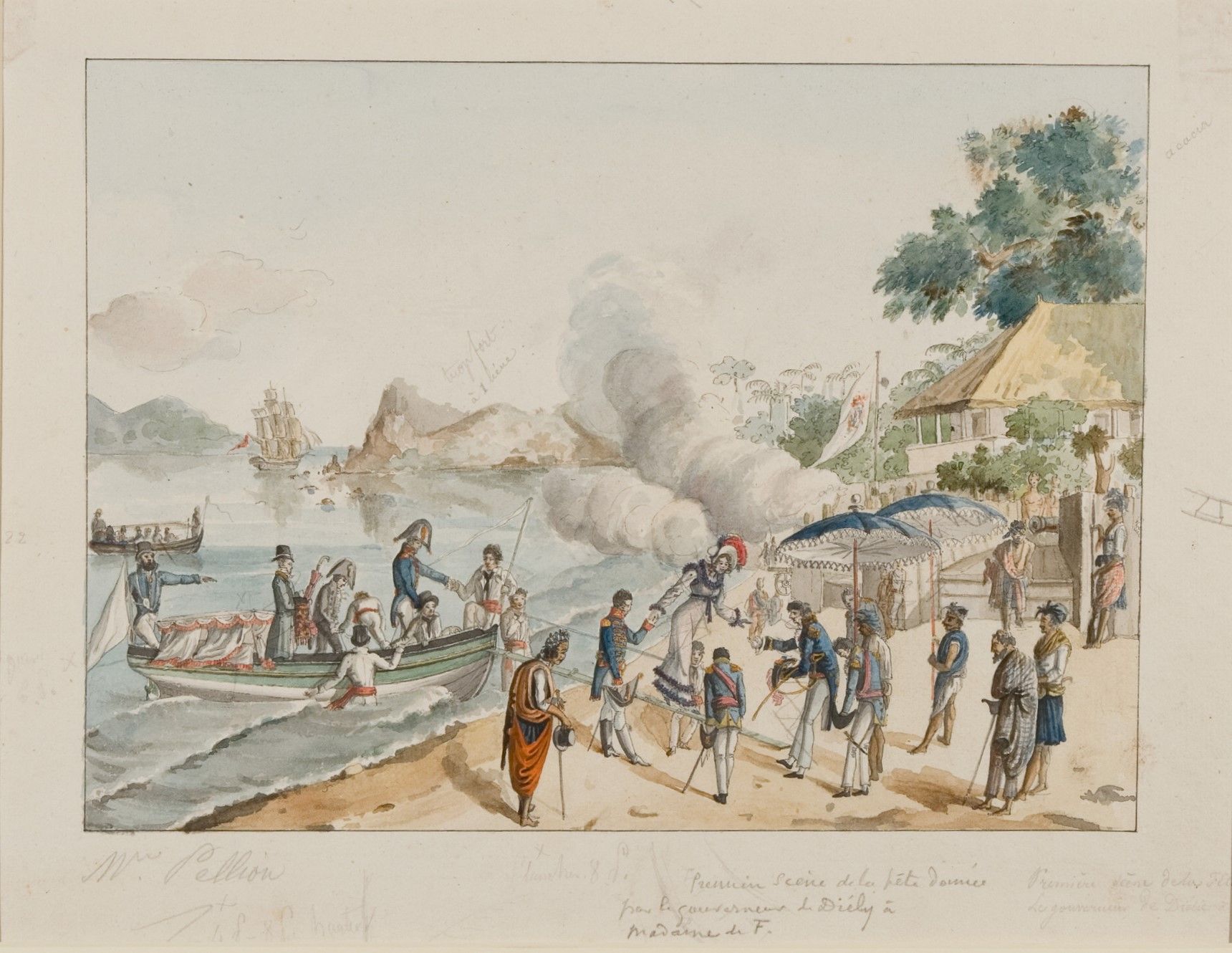Stories
Our houses, museums and collections are packed to the brim with stories of all kinds
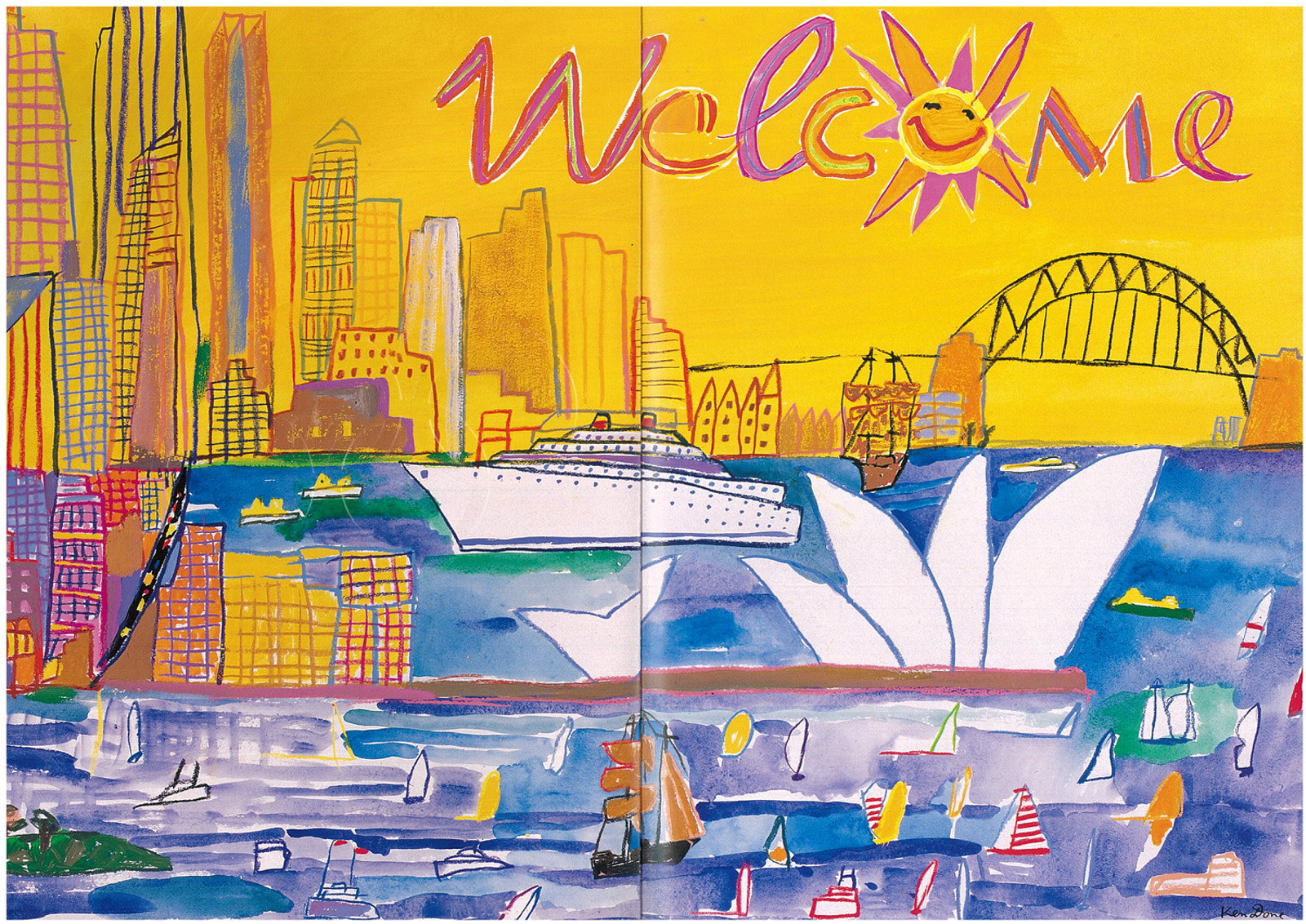
A look back at the Sydney 2000 Olympics
Do you remember when Olympic Fever hit Sydney in 2000? The Olympic Games and Paralympic Games in Sydney welcomed and hosted over 11,000 athletes from 199 countries. Together with 50,000 volunteers and millions of spectators Sydney captured the attention of the world - a city of sport, festivals, arts, community, friendship and fun
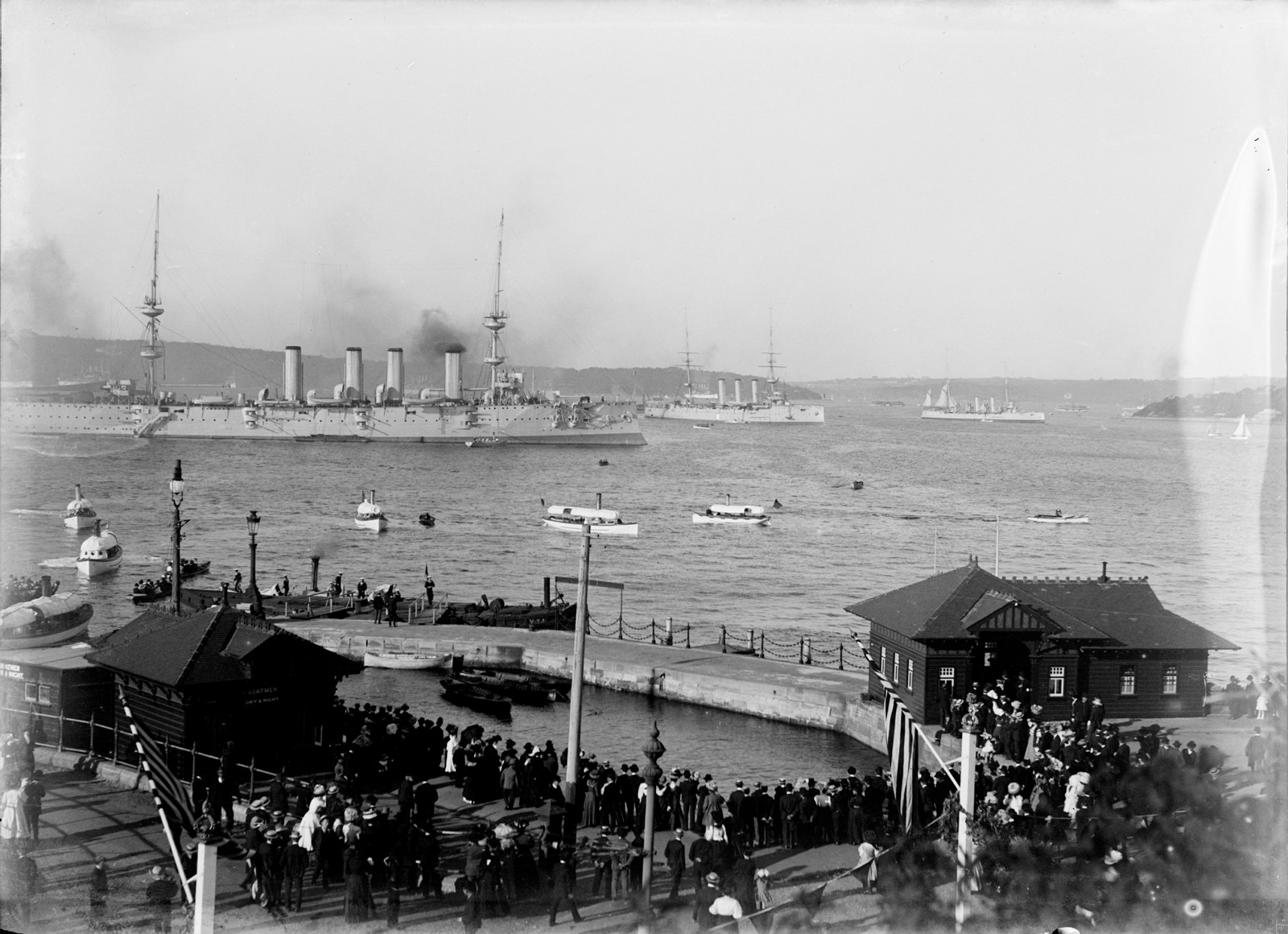
The Great White Fleet, 1908
On 20 August 1908 a round the world peace mission by the American fleet arrived in Port Jackson and marked the start of Fleet Week, a week-long celebration of events, parades and parties
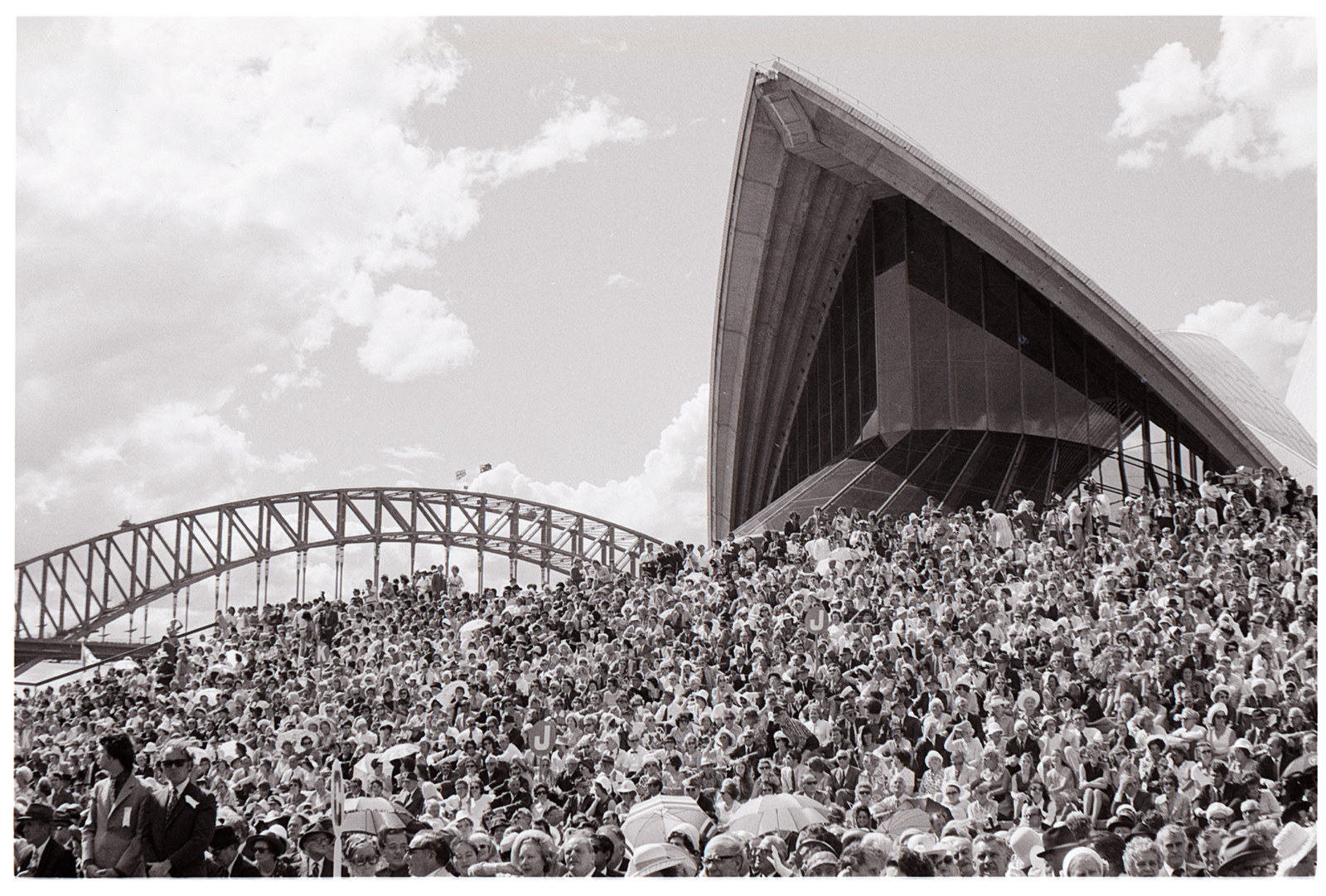
‘The people’s house’: what’s in a name?
The ‘Sydney Opera House’, the ‘Opera House’, or simply ‘the House’ – we know it by many names. But why is this Australian icon also called ‘the people’s house’? Exhibition curator Dr Scott Hill explores the story behind a name
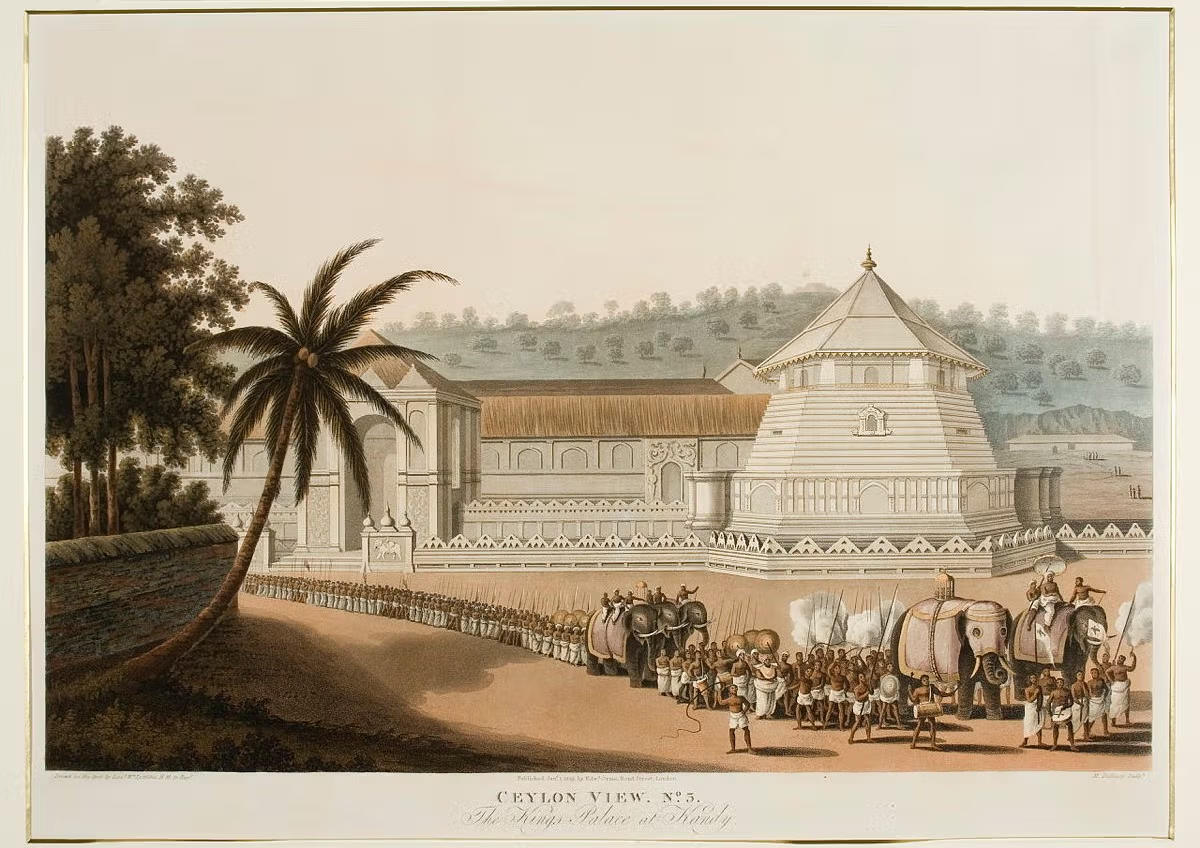
Collection insights from a guest refugee curator
Jagath Dheerasekara has exhibited in solo and group exhibitions and his work is held in both institutional and private collections across Australia

The coolest room in the house
What practical techniques can we learn from historical building design to minimise heat and energy consumption in our homes today?
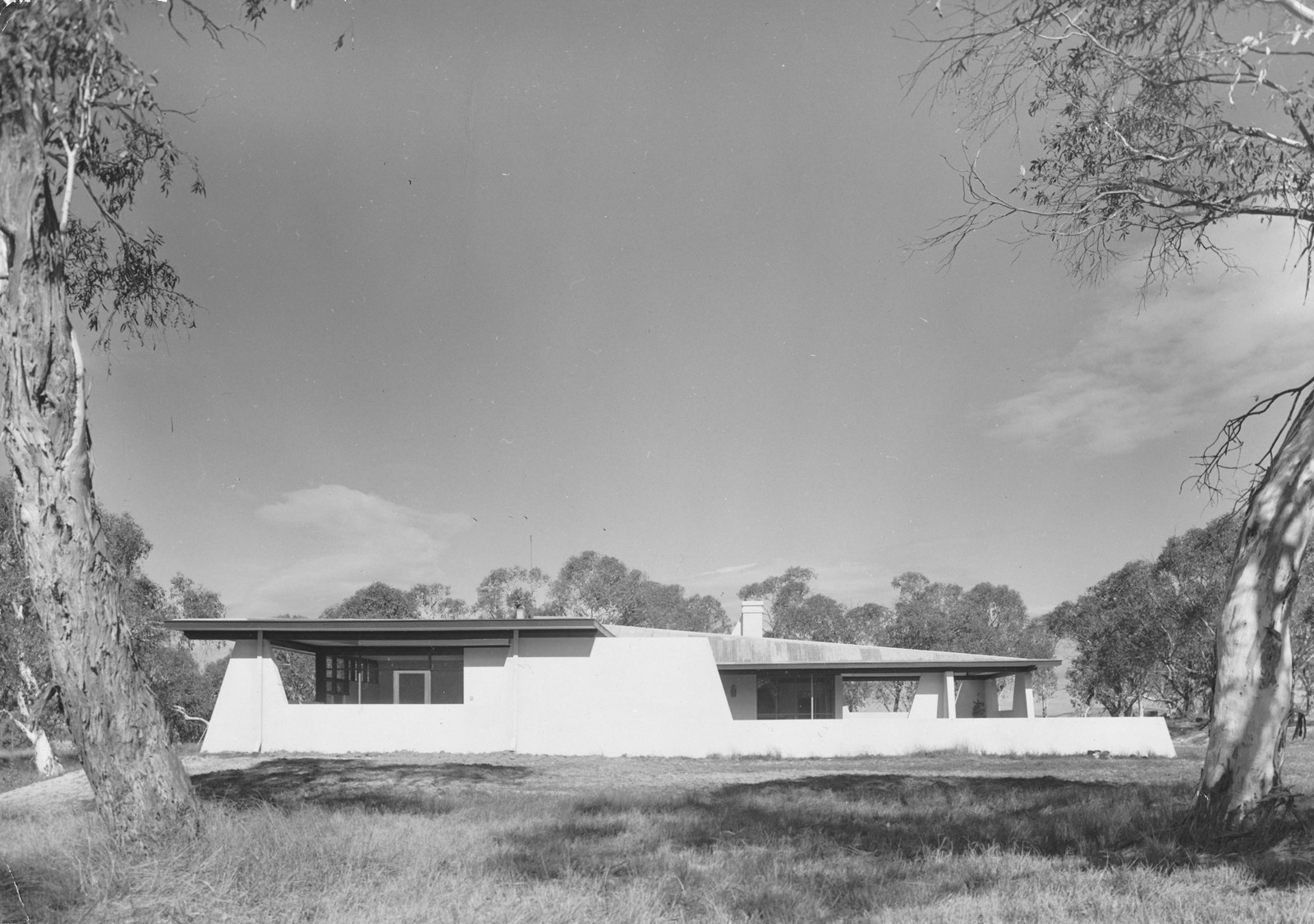
Two Point Perspective: Enrico Taglietti, a facade of shadows
In this podcast our presenters Rebecca Hawcroft and Kieran McInerney go on the road to western NSW and Canberra to look at the work of an Italian architect
First Nations stories
Browse all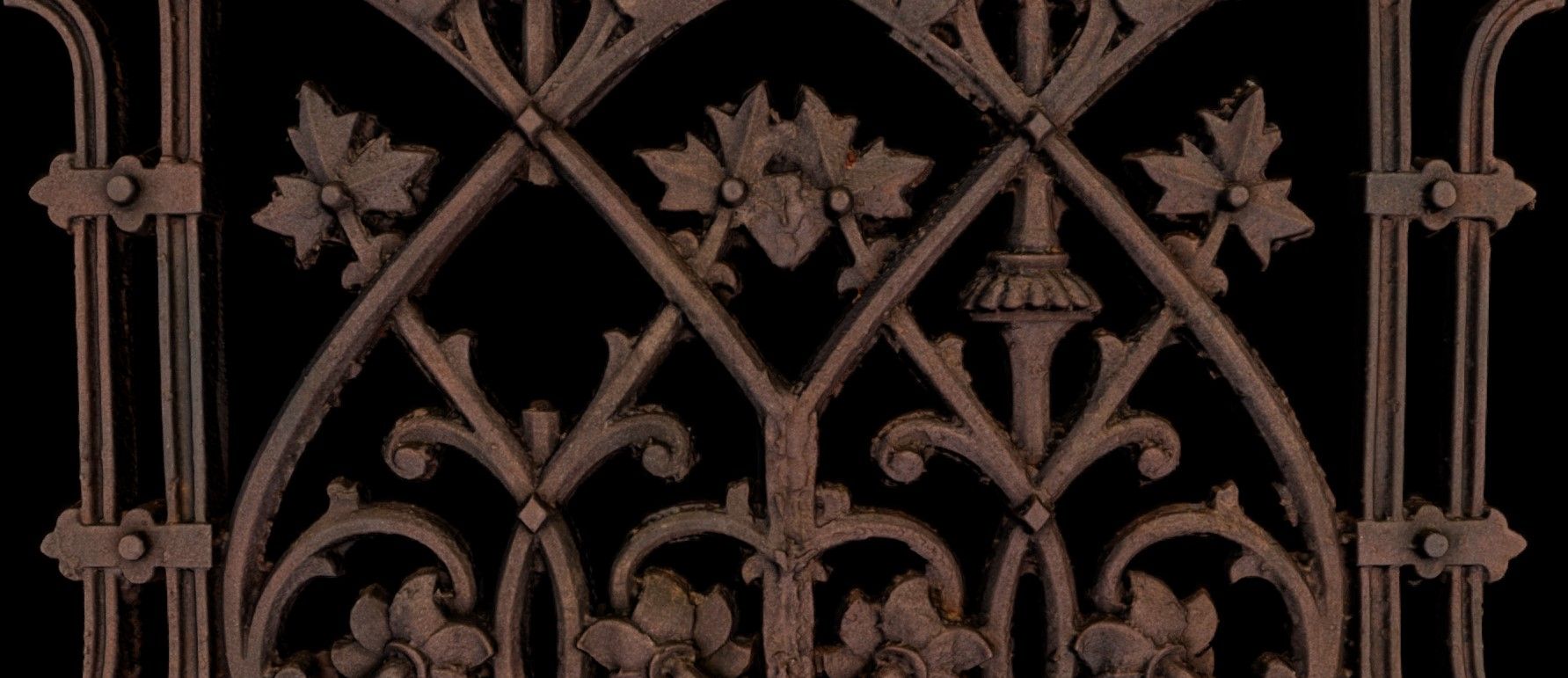
Cast in cast out: recasting fragments of memory
An in-depth look at Dennis Golding's experiences and childhood memories of growing up in ‘The Block’
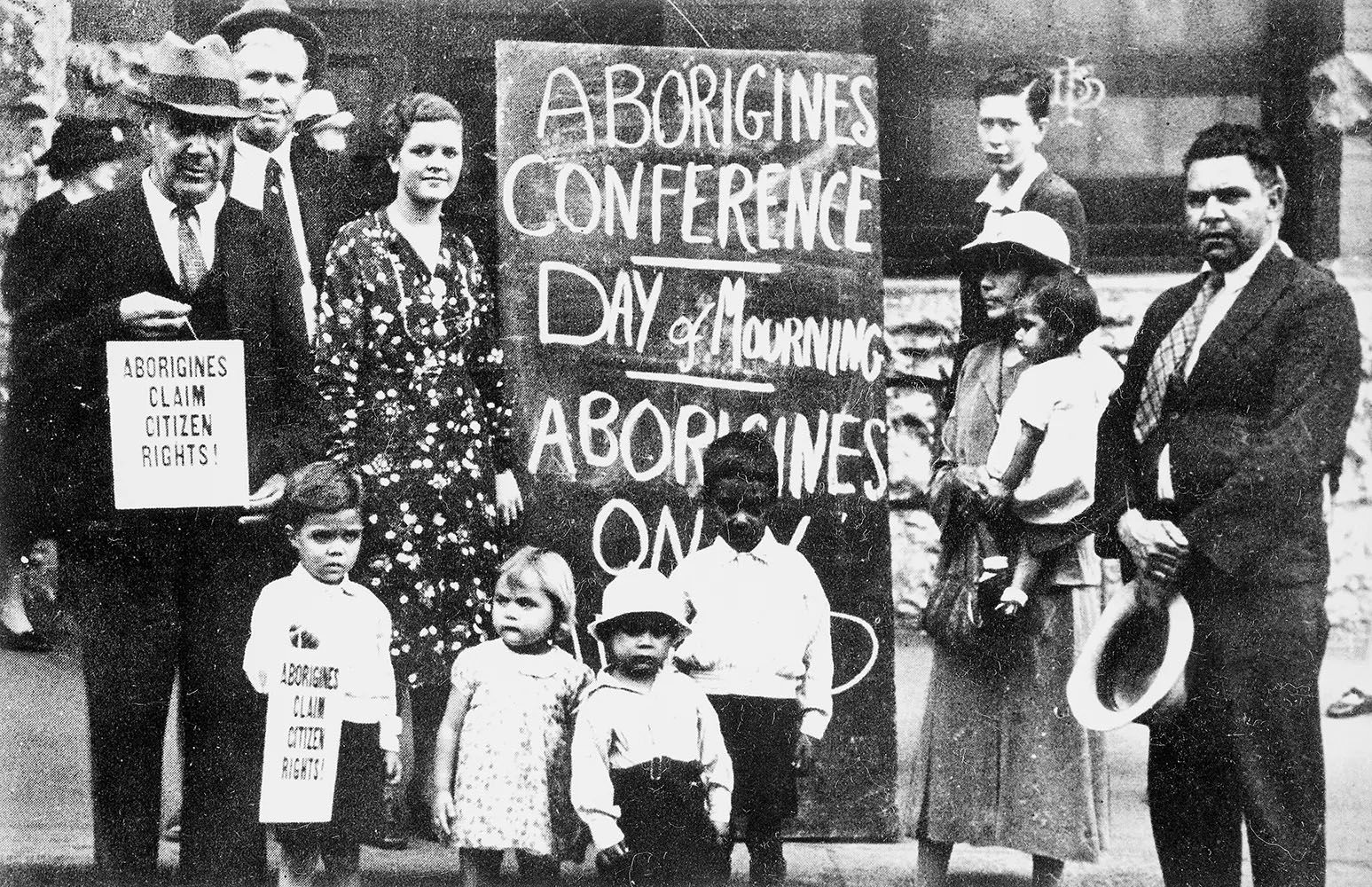
First Nations
Day of Mourning
January 26 has long been a day of debate and civic action. Those who celebrate may be surprised of the date’s significance in NSW as a protest to the celebrations of the anniversary of the arrival of the First Fleet on what was then “Anniversary Day” in NSW
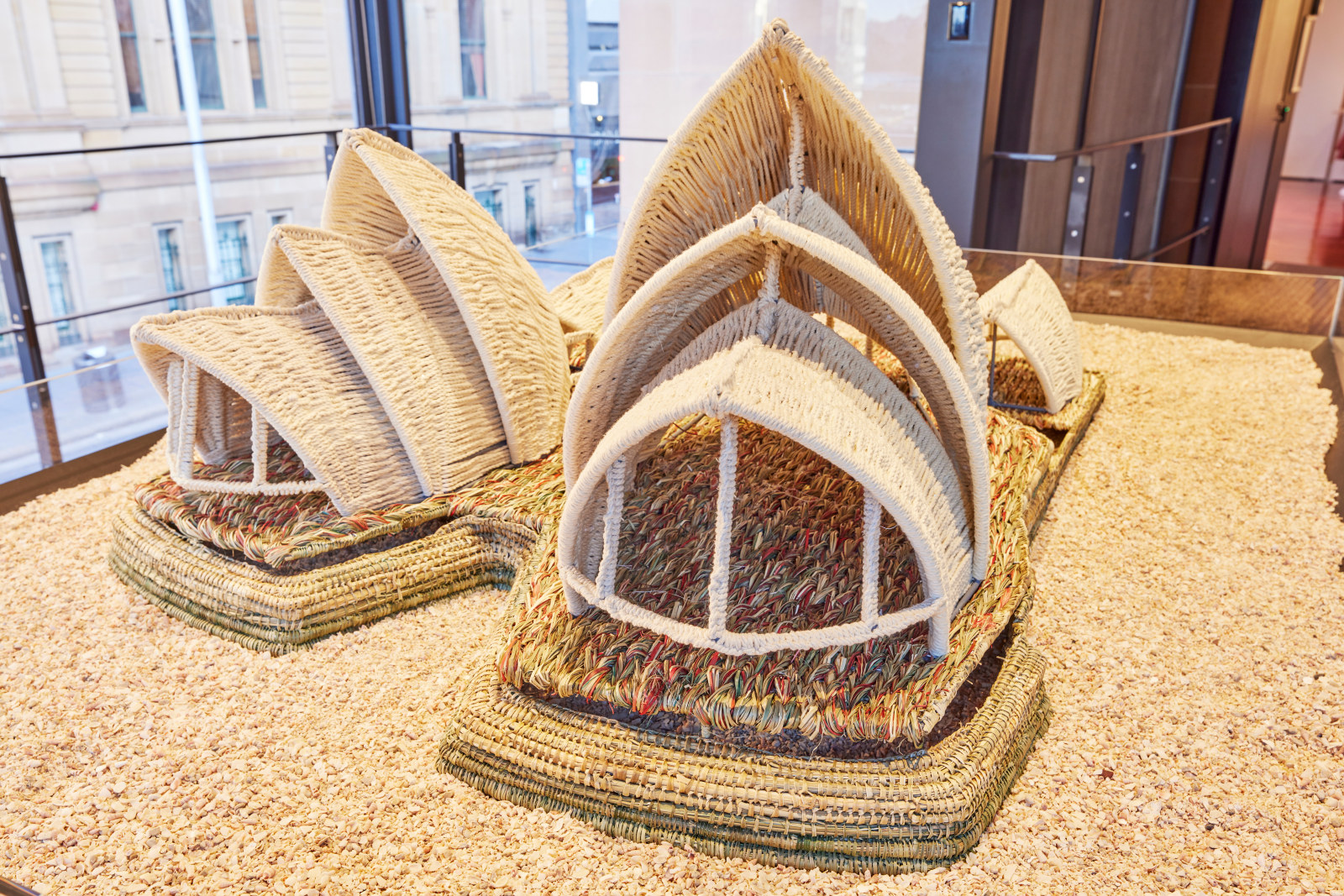
First Nations
How to weave an opera house
Inspired by a stunning shellworked model of the Sydney Opera House by Bidjigal artist Esme Timbery, First Nations curator Tess Allas commissioned a woven model of the iconic building from master weavers Steven Russell and Phyllis Stewart

Cutter and Coota: a children’s play by Bruce Pascoe
Meet author and historian Bruce Pascoe and the main characters from his play Cutter and Coota as they reflect on the play’s themes and the experience of performing at the Hyde Park Barracks
Convicts
Browse all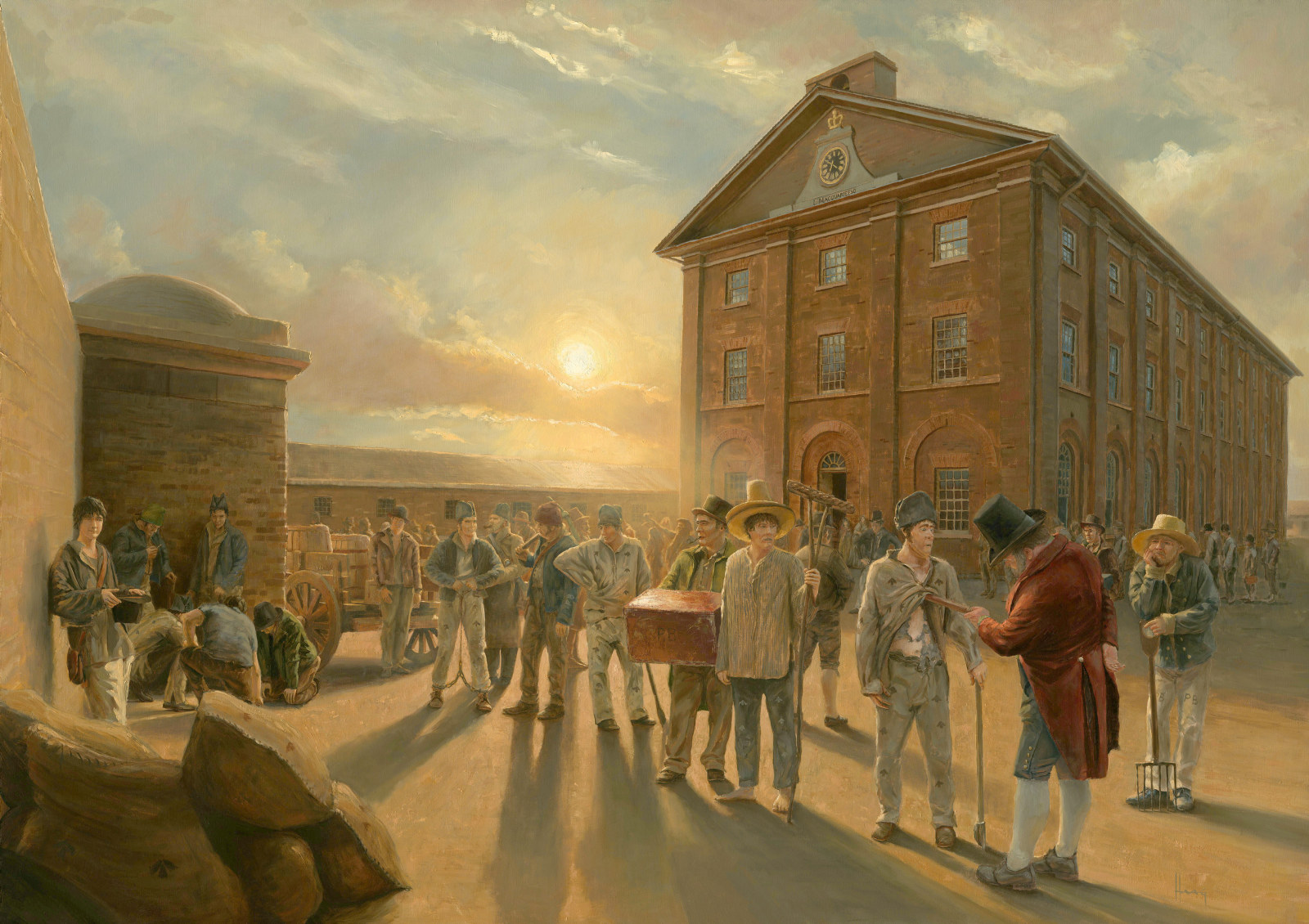
Convict Sydney
Convict Sydney
From a struggling convict encampment to a thriving Pacific seaport, a city takes shape.
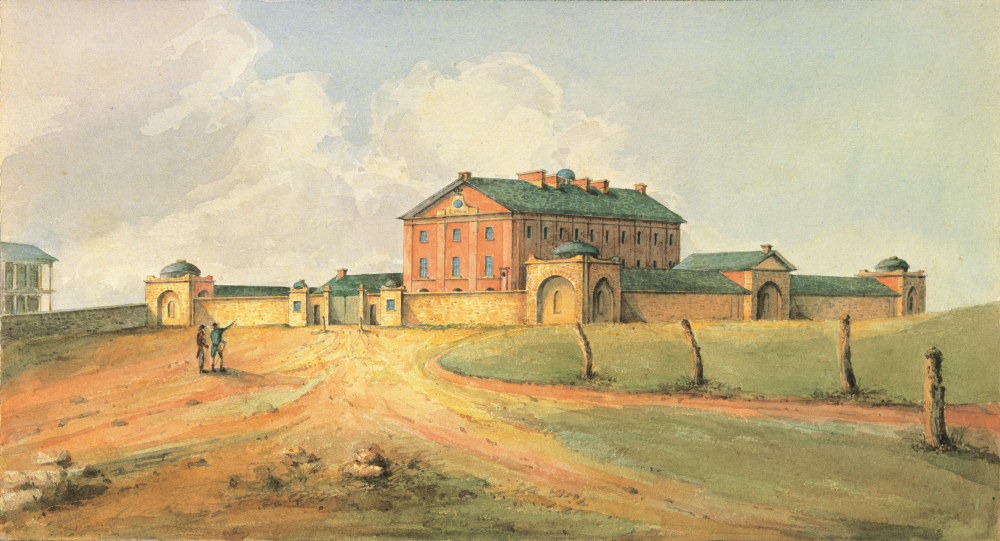
Hyde Park Barracks – the convict years
In 1788, the penal colony of New South Wales was established on the Country of the Gadigal people
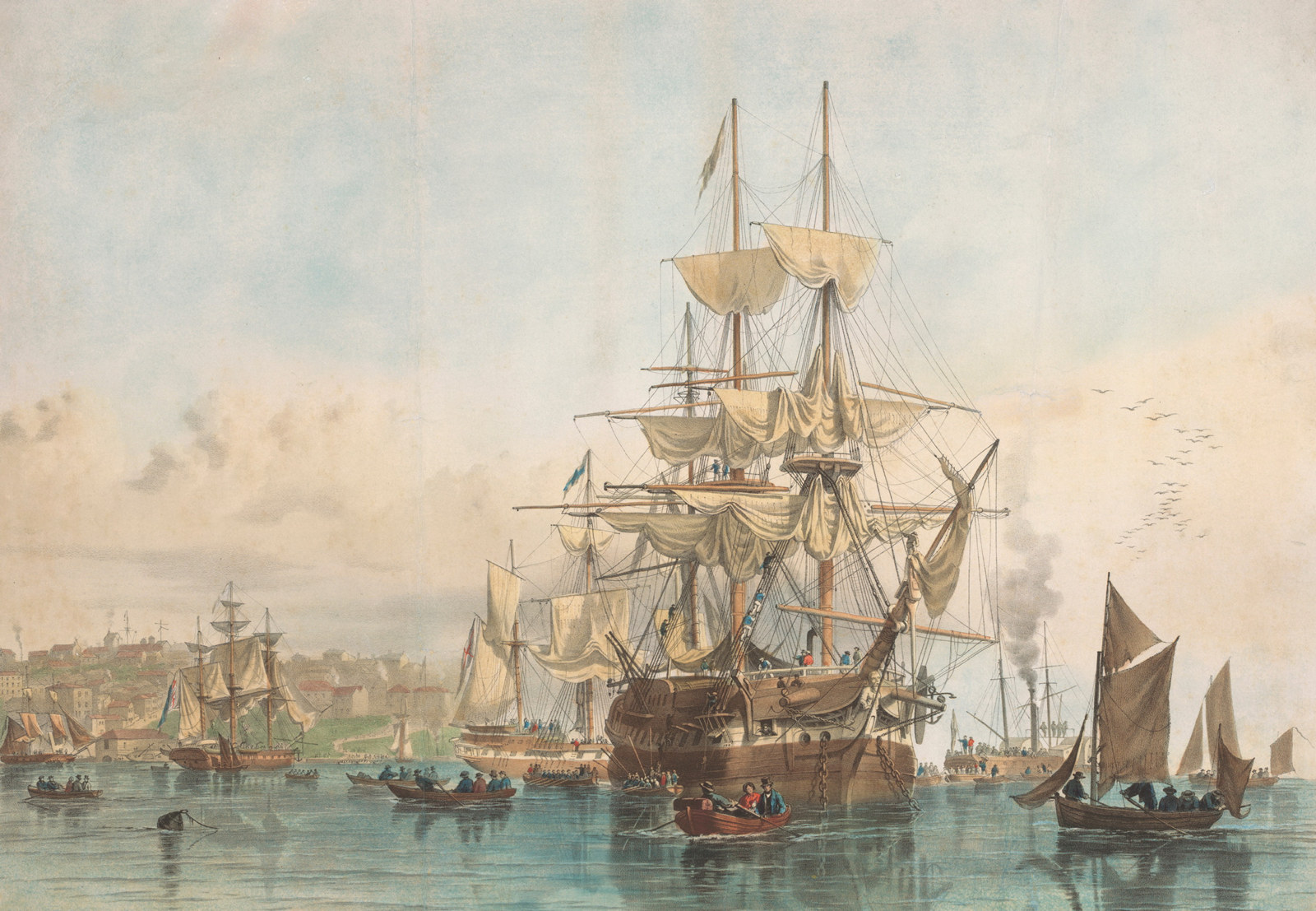
Convict Sydney
The turning tide
Amidst public outcry, the convict ships stop but the ‘stain’ of Sydney’s convict past is harder to erase
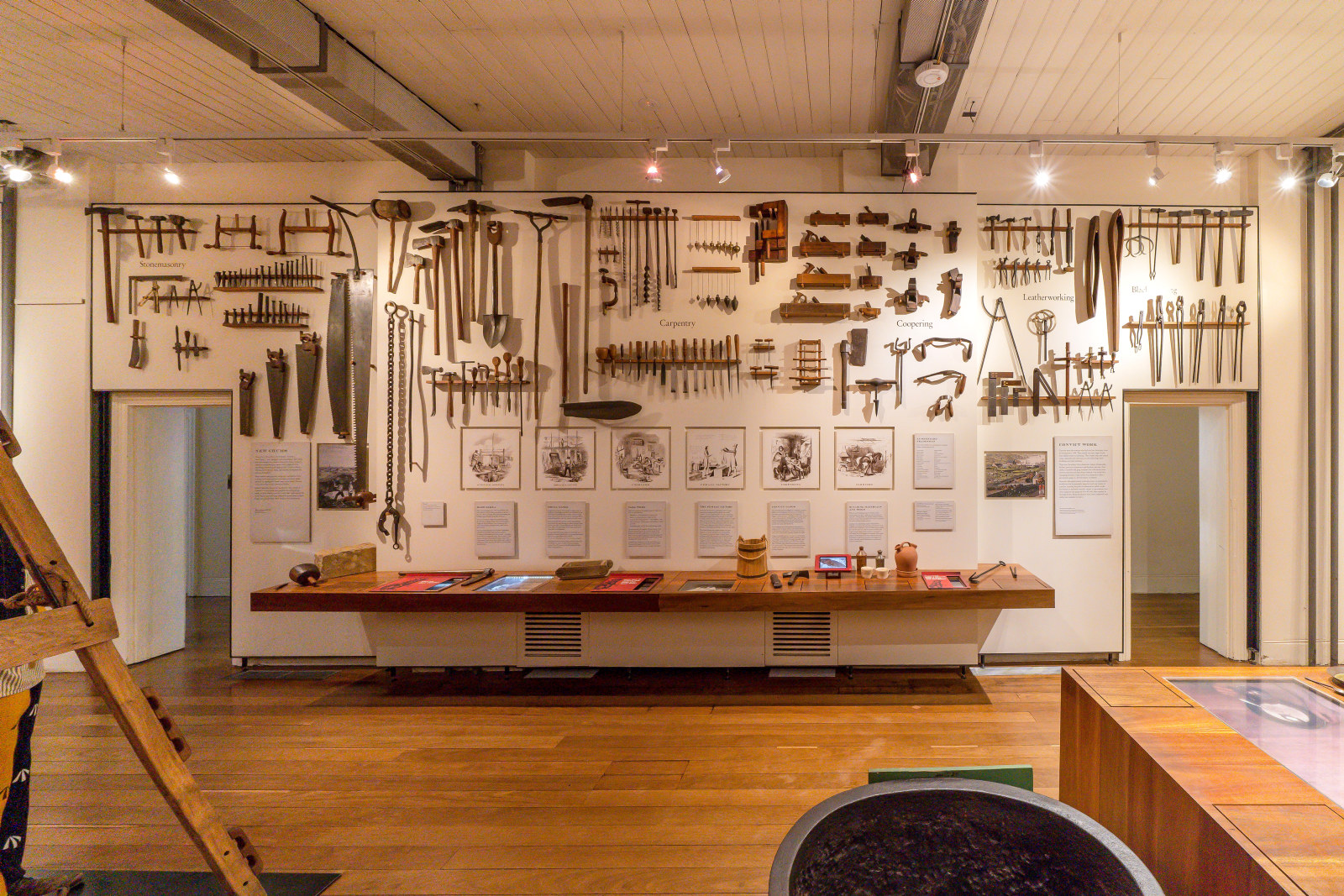
Convict Sydney
Objects
These convict-era objects and archaeological artefacts found at Hyde Park Barracks and The Mint (Rum Hospital) are among the rarest and most personal artefacts to have survived from Australia’s early convict period
Conservation
Browse all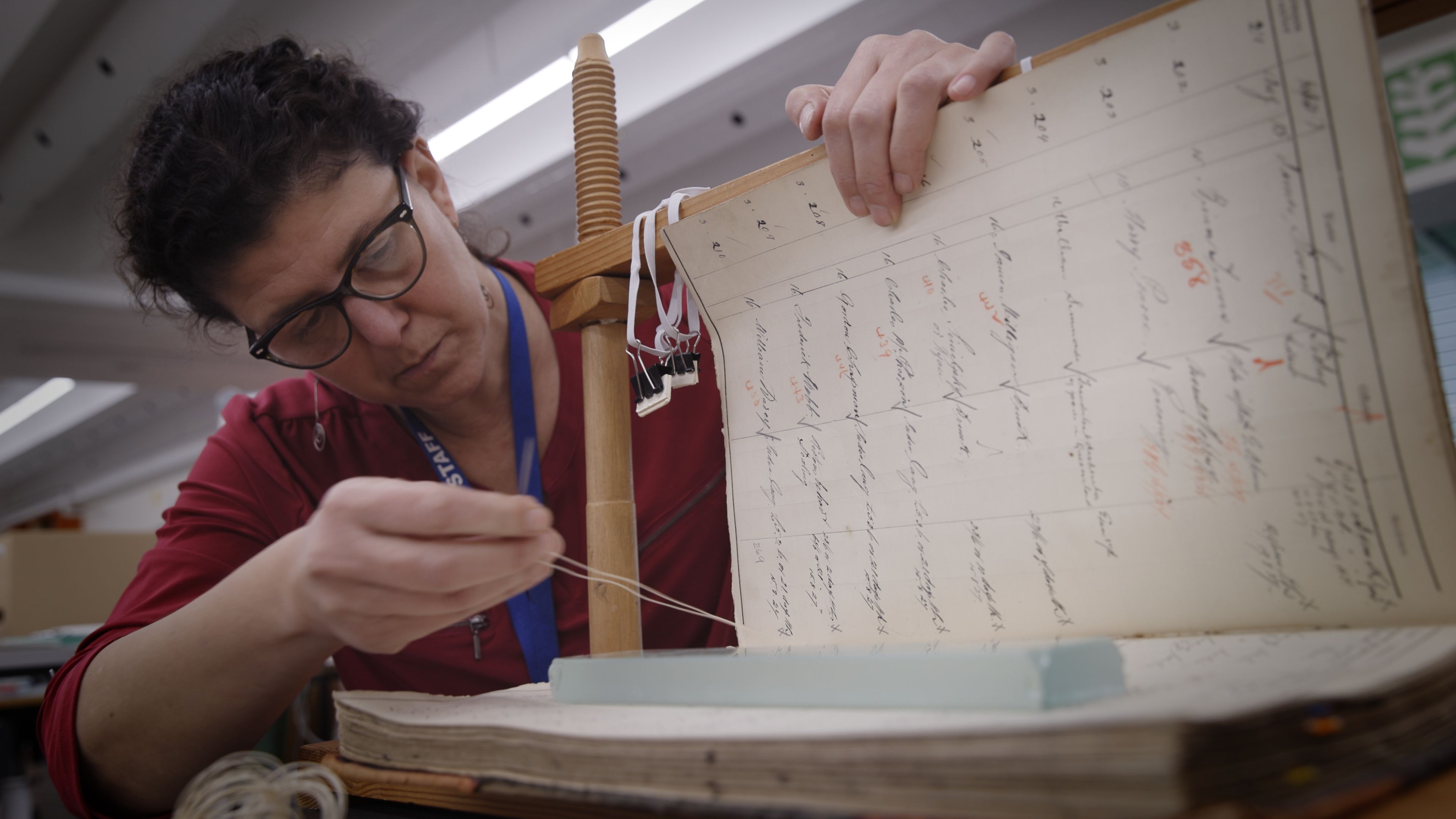
Conserving the archive
Supervising conservator Dominique Moussou talks through her work and some of the projects underway in the MHNSW conservation lab
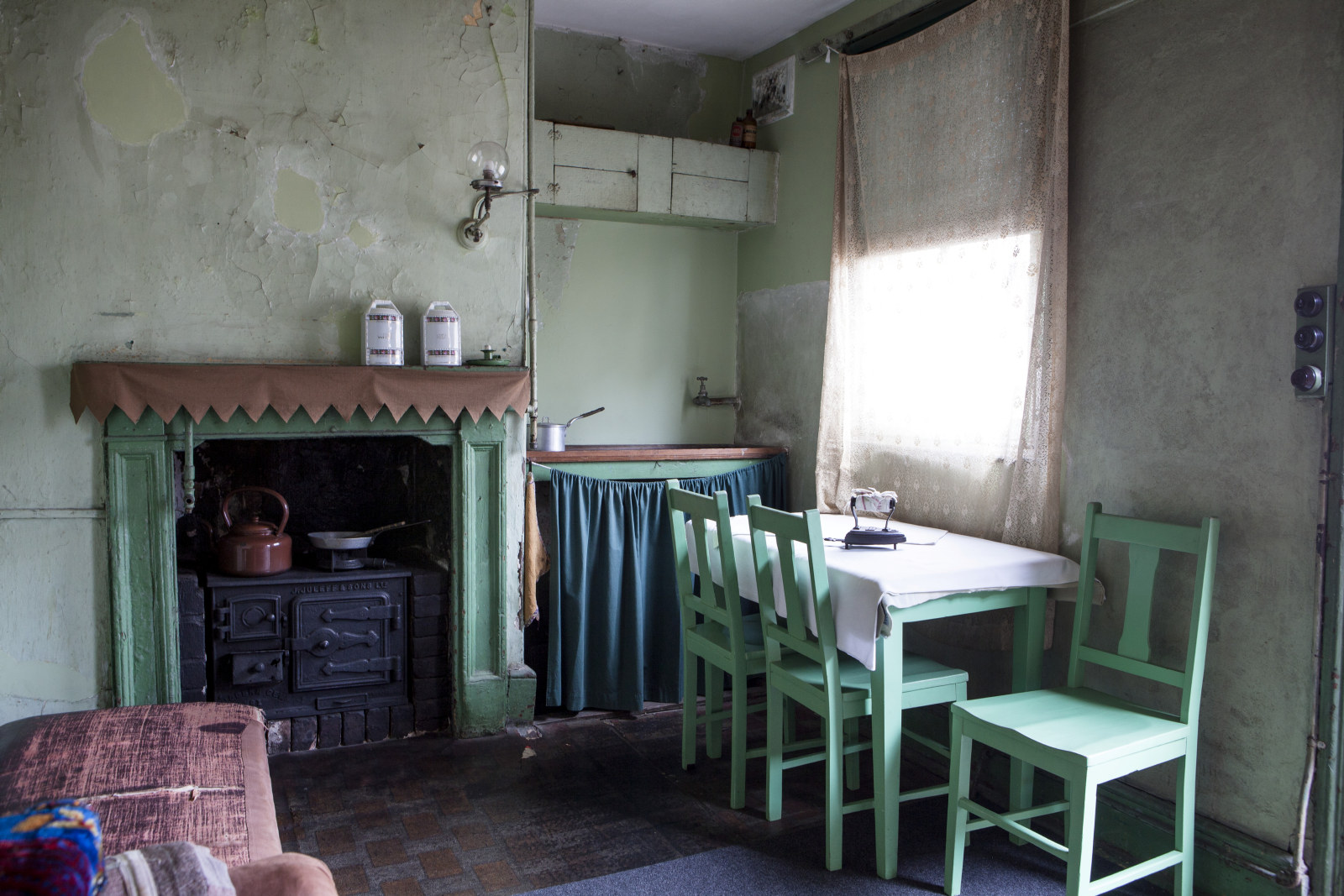
Conservation
Susannah Place conservation project
A behind-the-scenes look at some of the complex work that goes into conserving and preserving the fascinating Susannah Place Museum
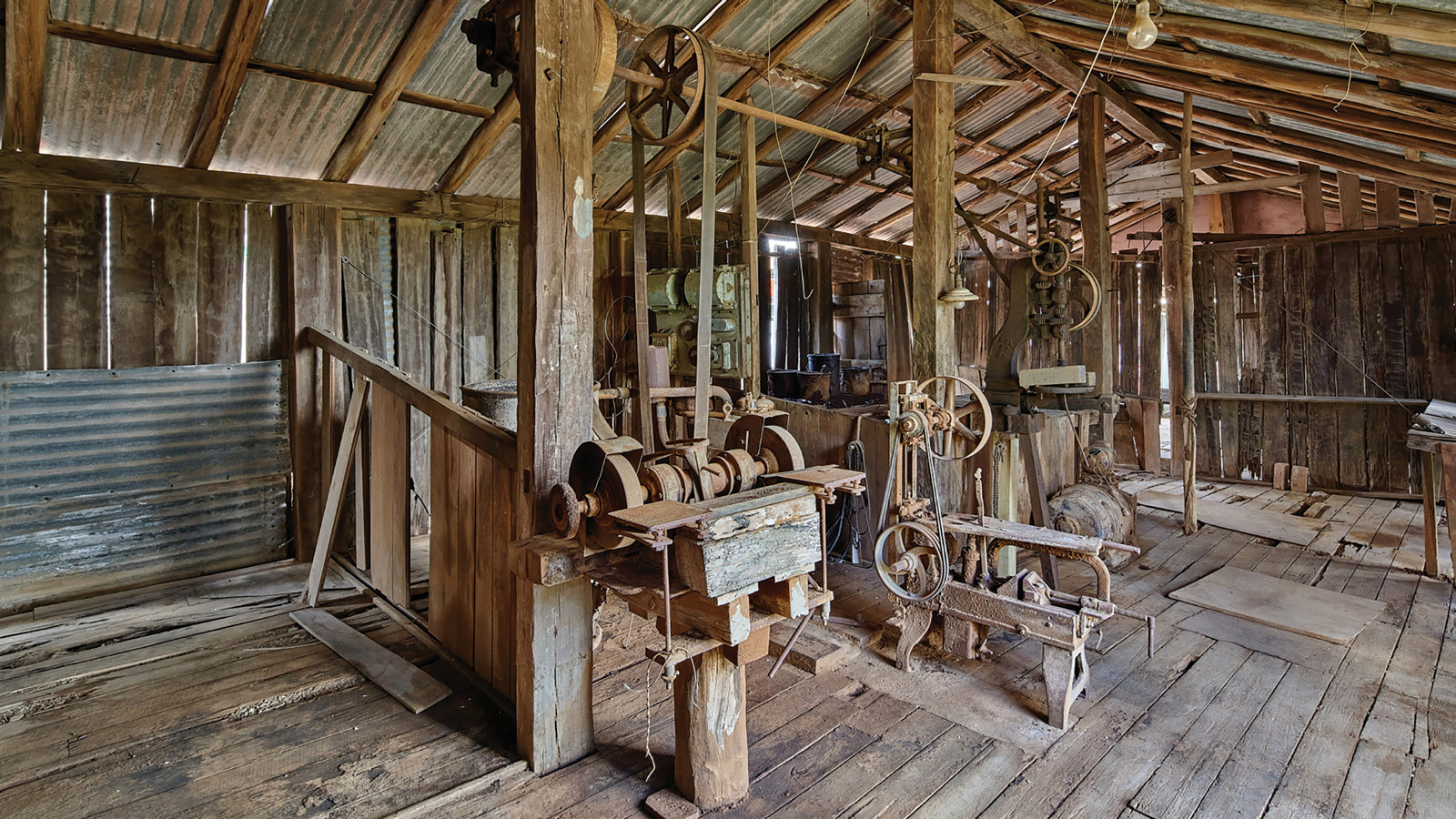
Conservation
A strong and simple structure: conserving the woolshed
The second phase of a major conservation project on the woolshed at Rouse Hill Estate has seen the rustic 160-year-old structure strengthened and stabilised
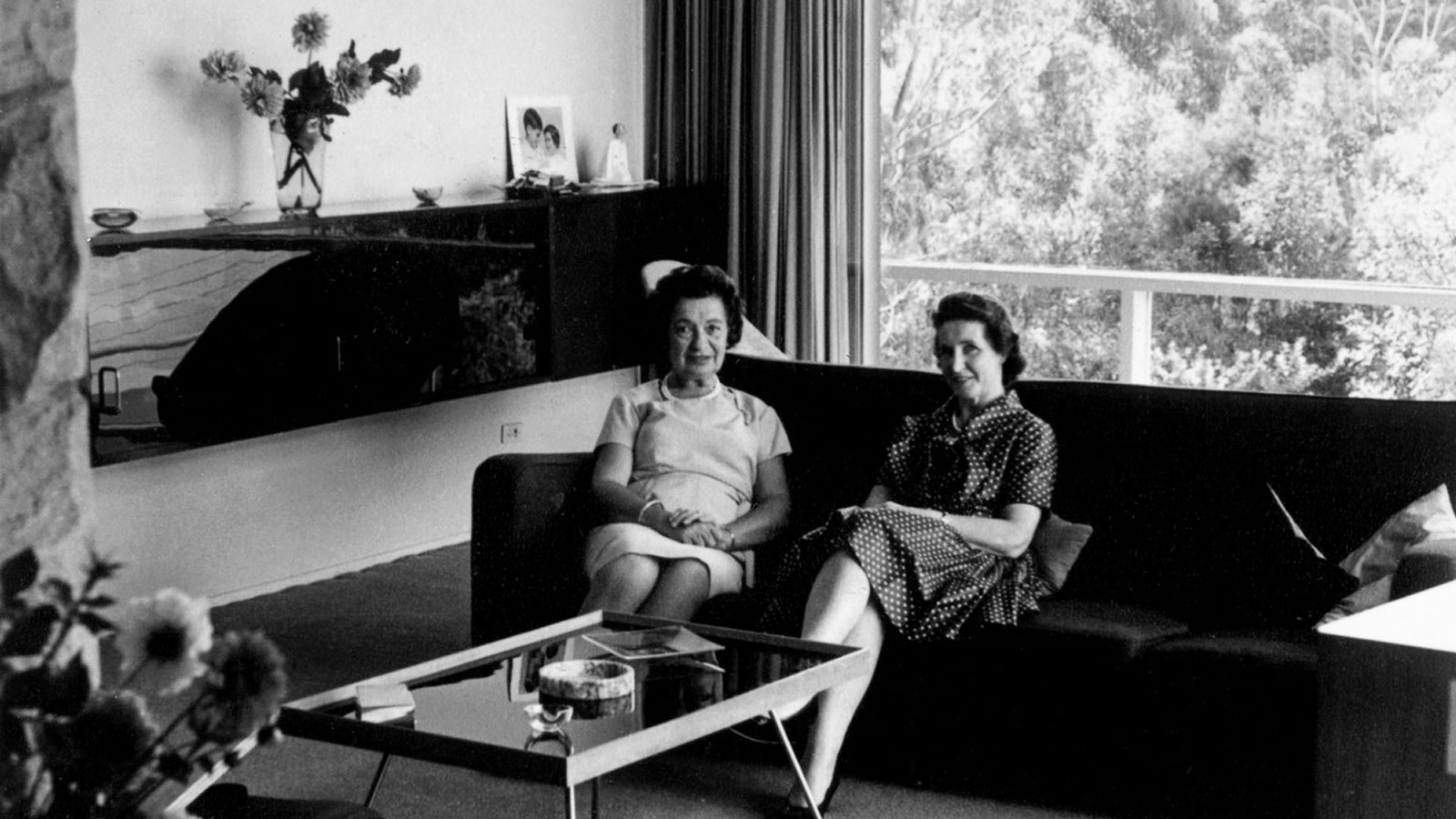
Conserving Harry Seidler’s sofa
A sofa Harry Seidler designed for Rose Seidler House was conserved and reupholstered, and the process revealed some unexpected findings
Stories about our places
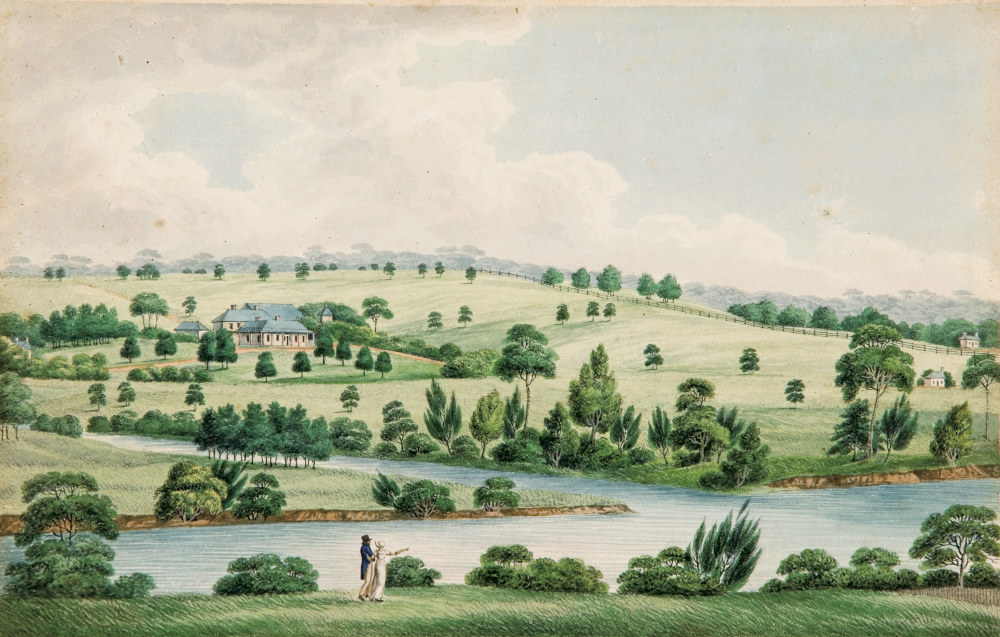
Museum stories
A turbulent past
With its deep, shady verandahs and elegant symmetry, Elizabeth Farm is an iconic early colonial bungalow
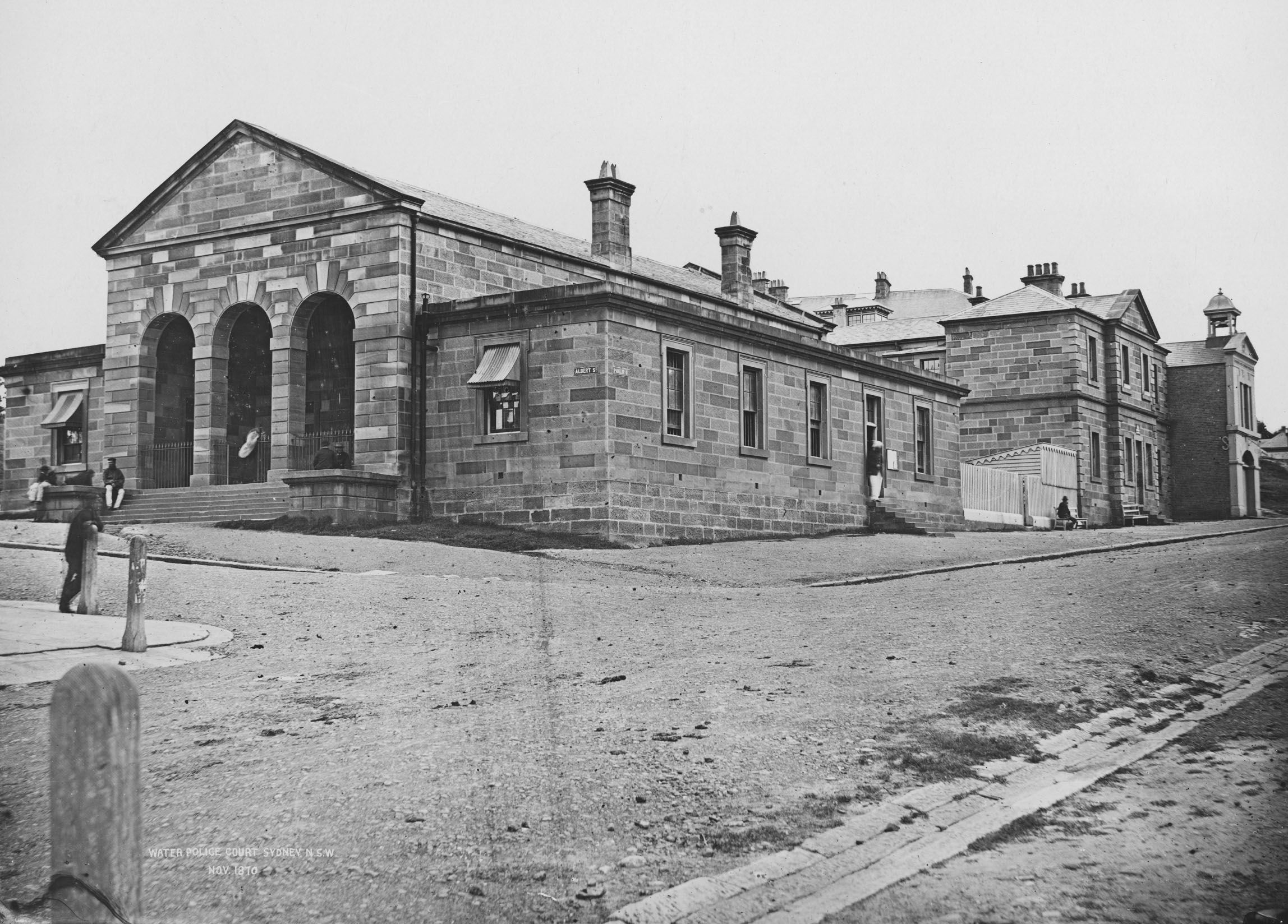
Museum stories
Gritty business
Immerse yourself in Sydney's chilling criminal past in this unique water-front museum of policing, law and disorder – with its grizzly collection of underworld weapons along with tales of mayhem and lawlessness, aptly described as an educational resource befitting a 'professor in crime'
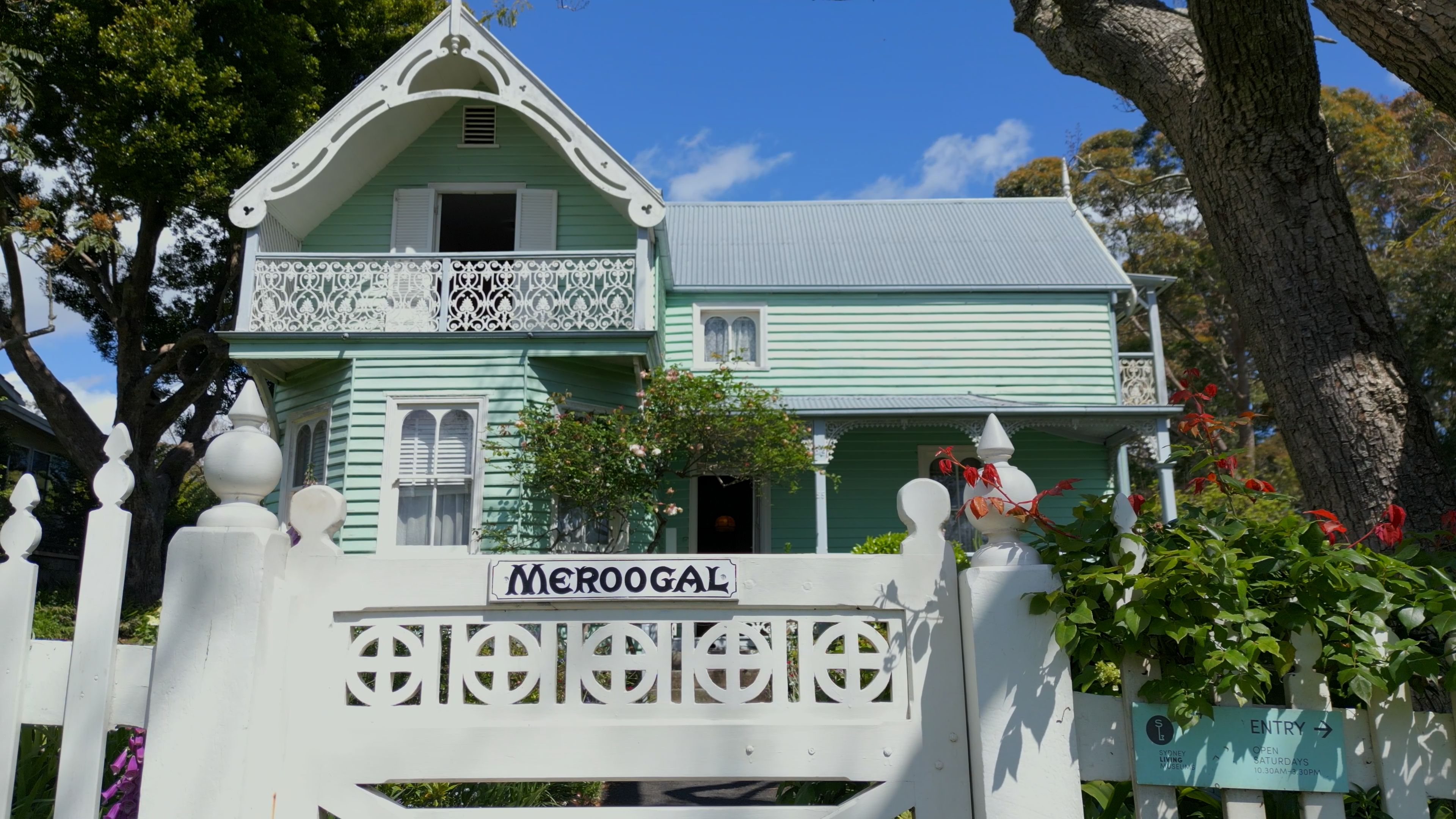
Museum stories
Make yourself at home
Meroogal became home to four generations of resilient and resourceful women, whose house was their livelihood as well as their home
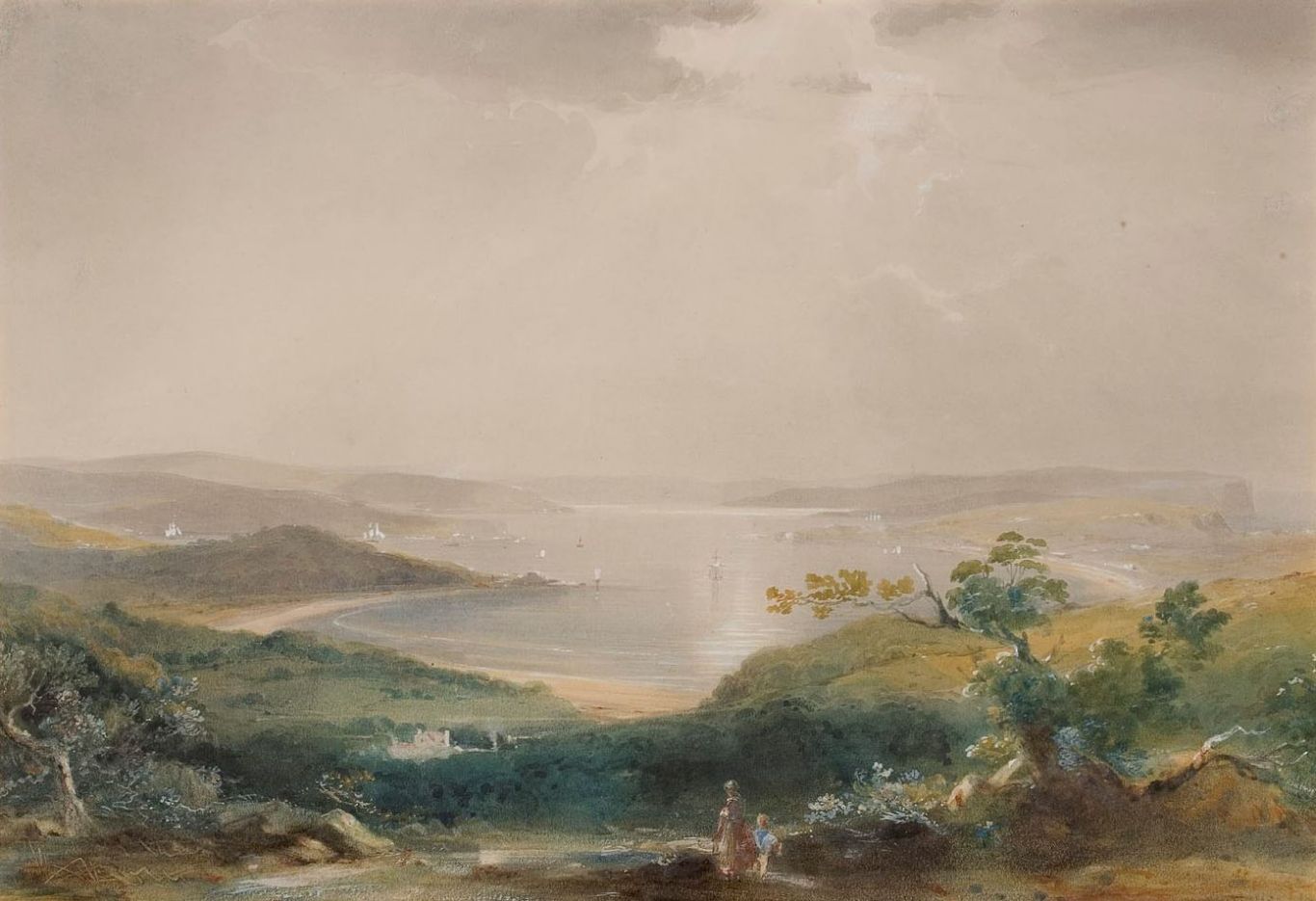
Museum stories
Not a lovelier site
‘There is not a lovelier site in the known world’, wrote the Sydney-born barrister and novelist John Lang about the Wentworth family’s estate of Vaucluse
3D story telling
Browse all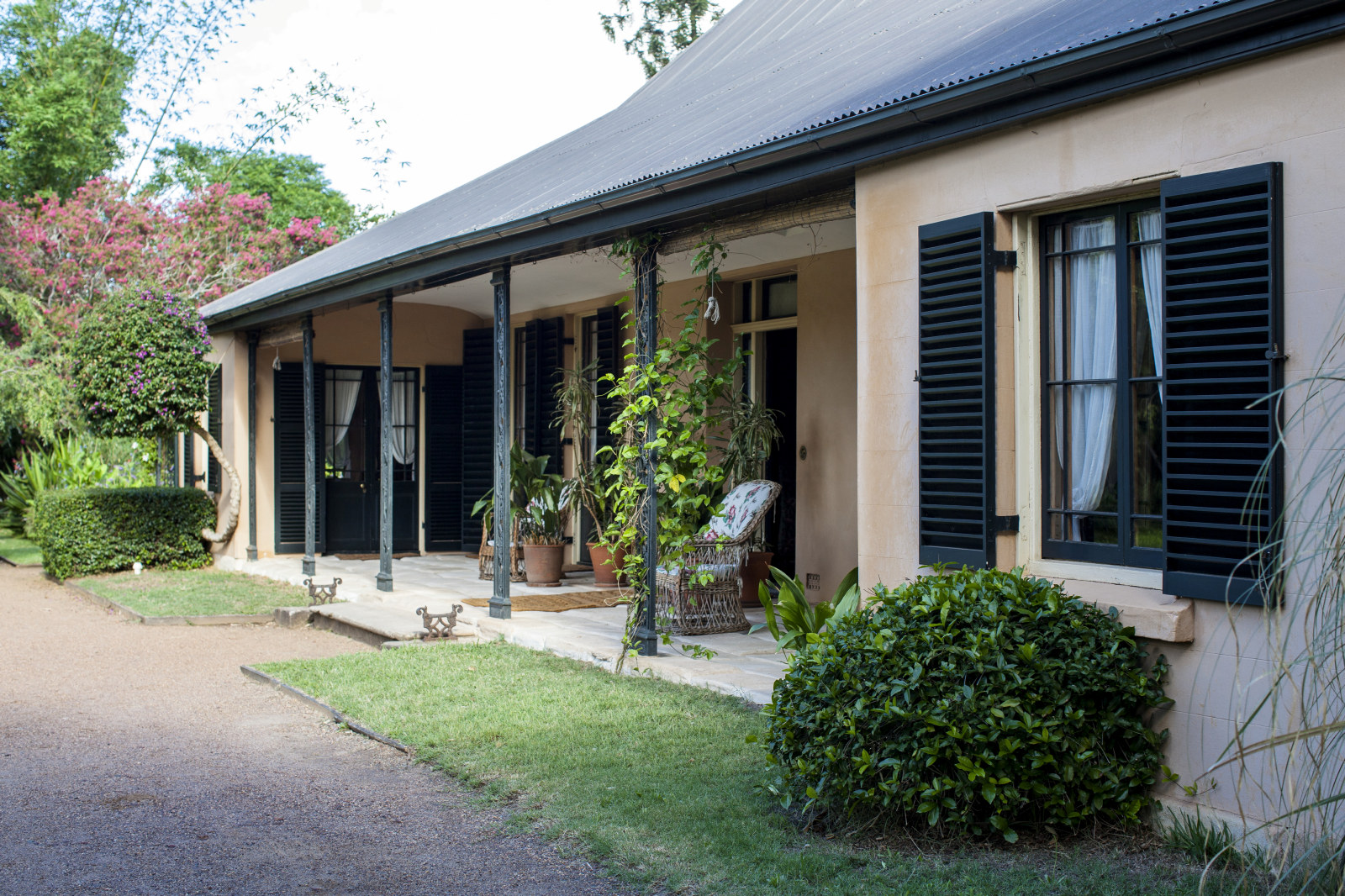
'A most excellent brick house' Elizabeth Farm
Curator Dr Scott Hill explores some of the enduring mysteries buried in the architecture of Australia’s oldest surviving homestead
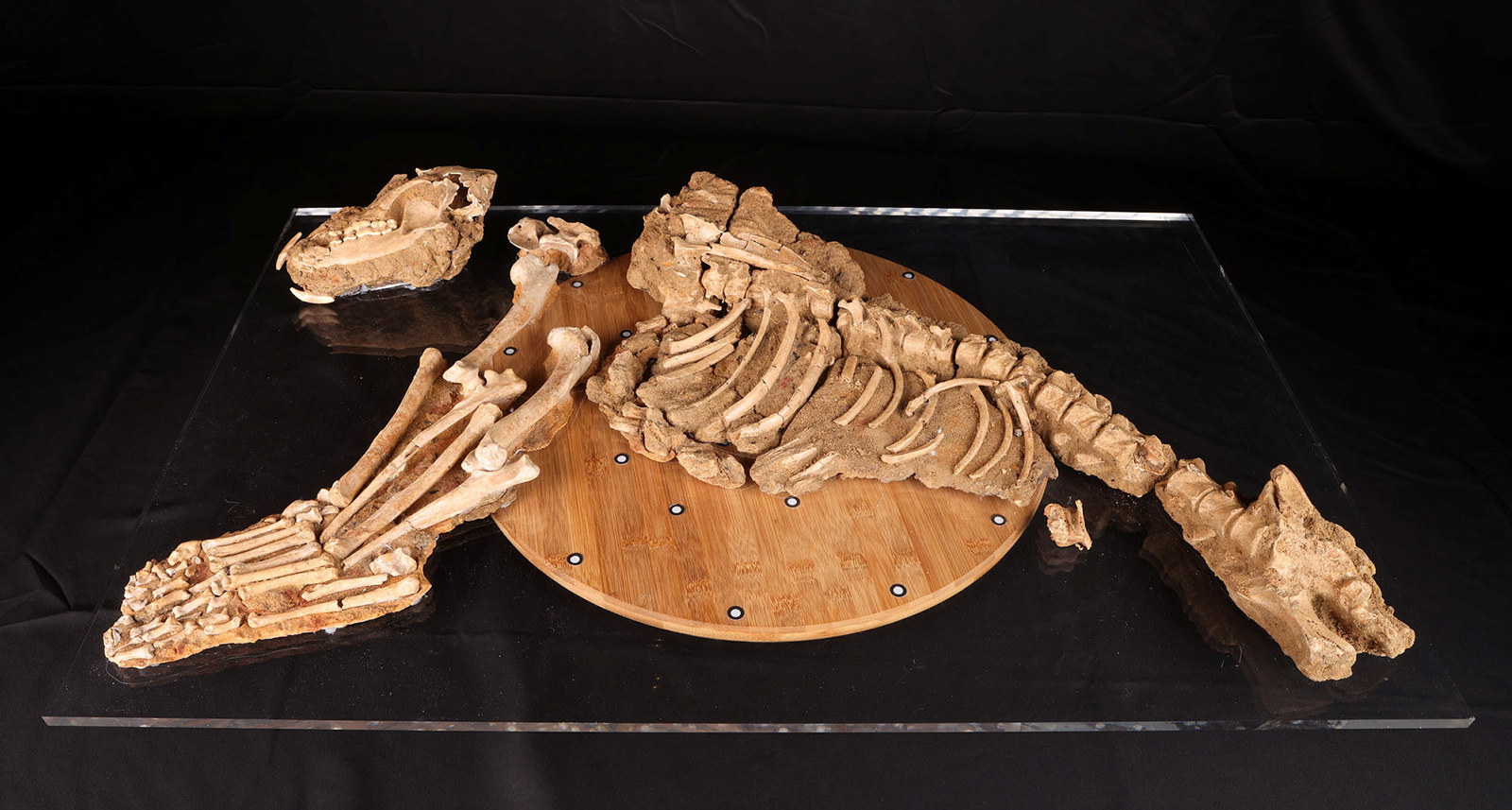
3D scanning the archaeological dog skeleton
A key component of Museum of Sydney’s interpretation is the archaeological remains of First Government House
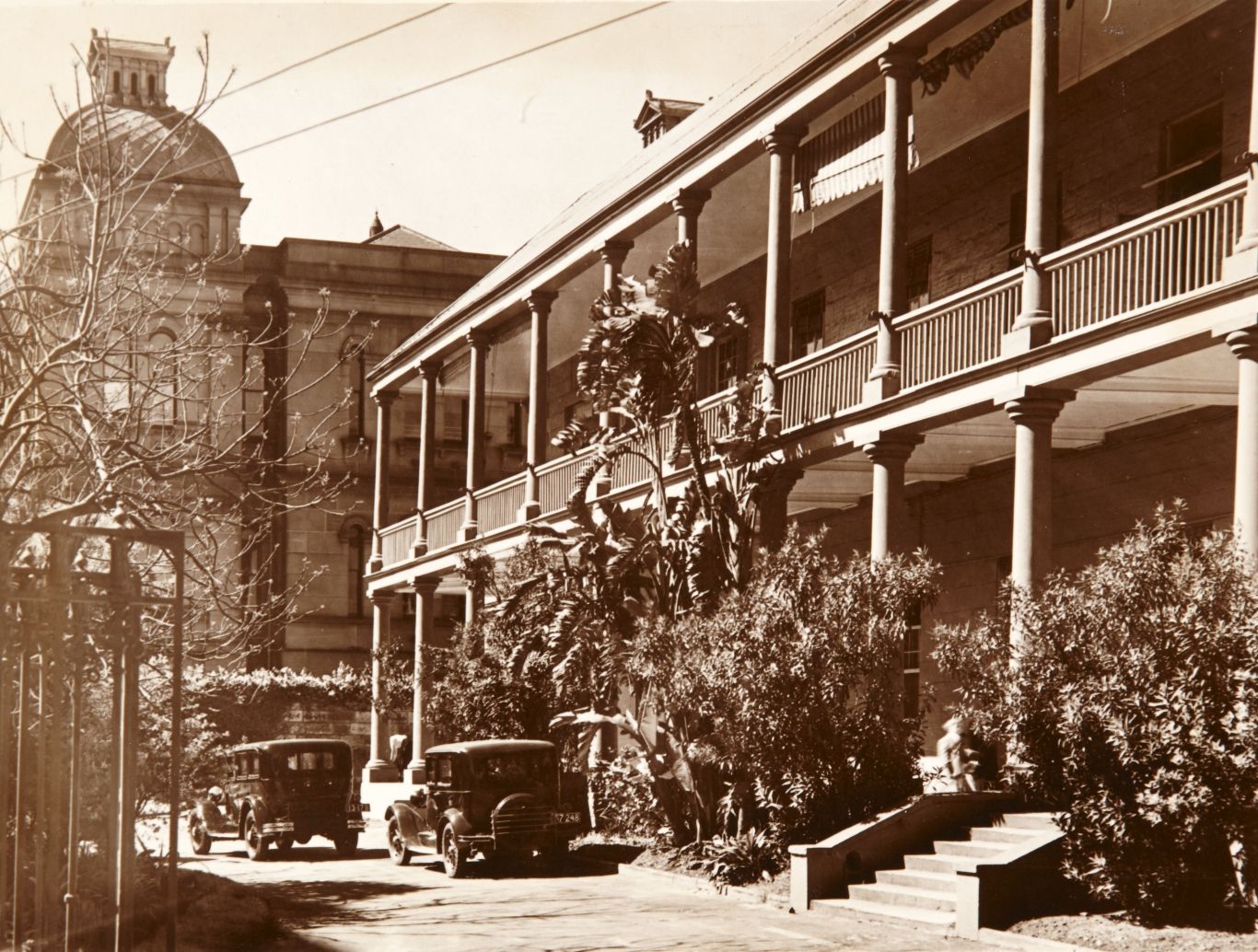
Museum stories
A rum deal
When Lachlan Macquarie began his term as governor of NSW in 1810, Sydney was in desperate need of a new hospital
Plant your history
Browse all
Plant your history
Beautiful bountiful bamboo
One of the most recognisable plants growing at Museums of History NSW today is bamboo. This colourful plant has a long history in colonial gardens

In the pink at Elizabeth Farm
Amid the late summer bounty in the garden at Elizabeth Farm, the crepe myrtle is the undoubted star of the show

Plant your history
Sumptuous cape bulbs light up late summer gardens
Belladonna Lilies and Crinum Lilies are tough bulbs that never say die and can survive years of neglect

Plant your history
Acanthus - an apt symbol for The Mint
Look at any classical building today, anywhere in the world and chances are you will find an acanthus leaf lurking somewhere
Dodgy, dangerous, disturbing
3D models: a fascinating exploration of some seemingly innocent objects modified for nefarious purposes from the Justice & Police Museum collection
ExploreStay updated
Be the first to find out about our latest news, stories, events and more.
Sign up to eNews